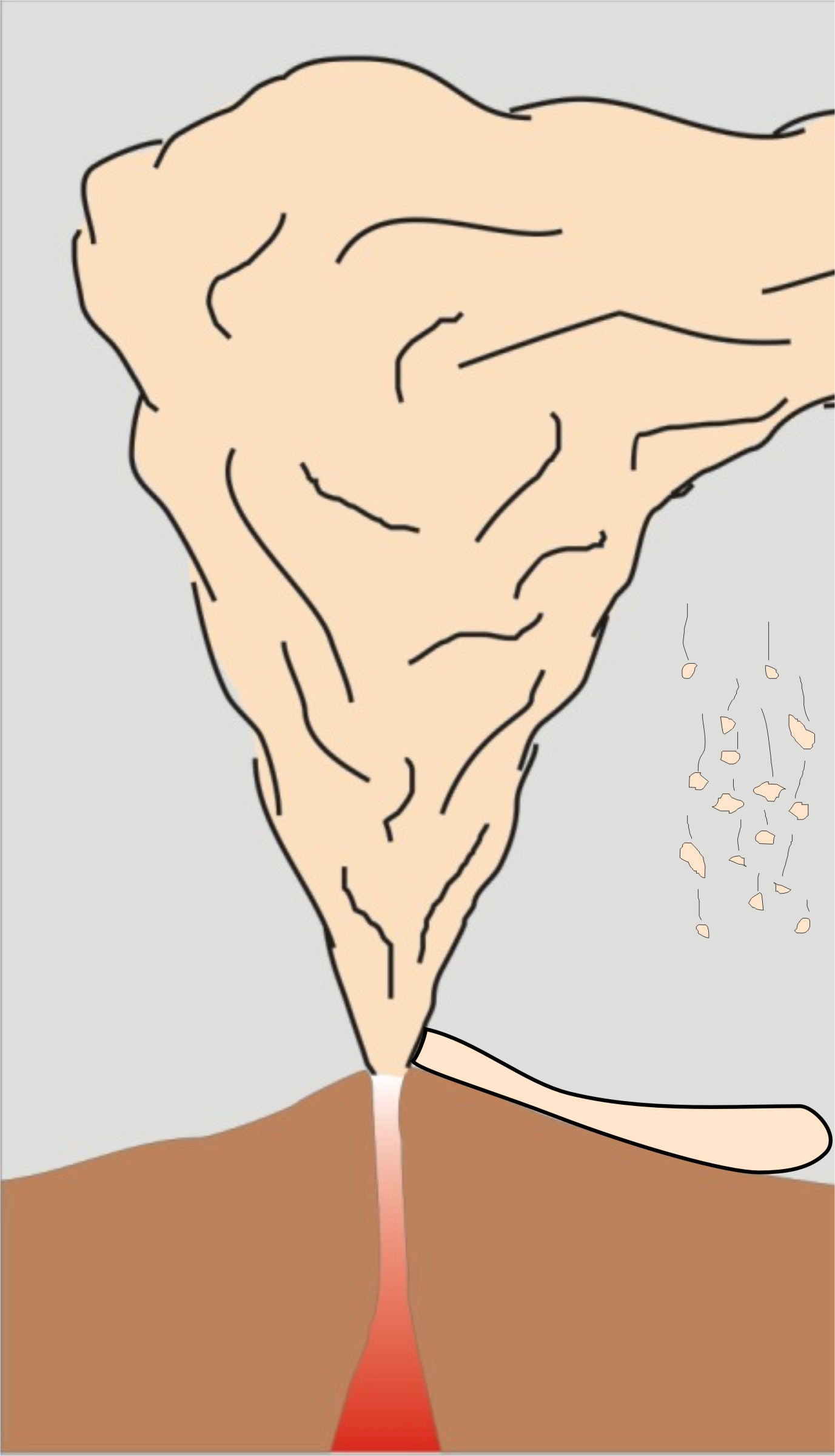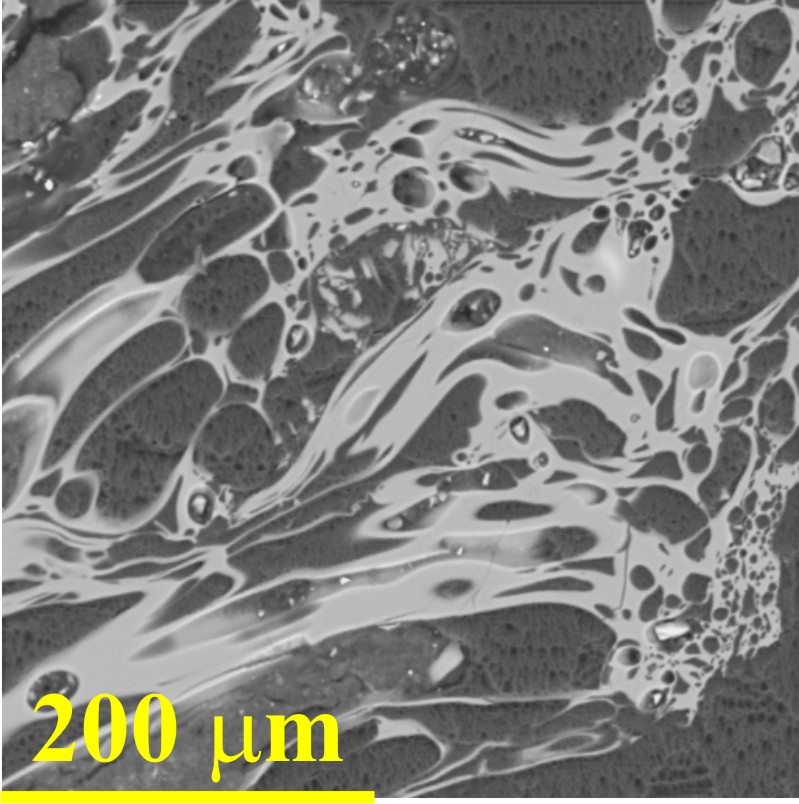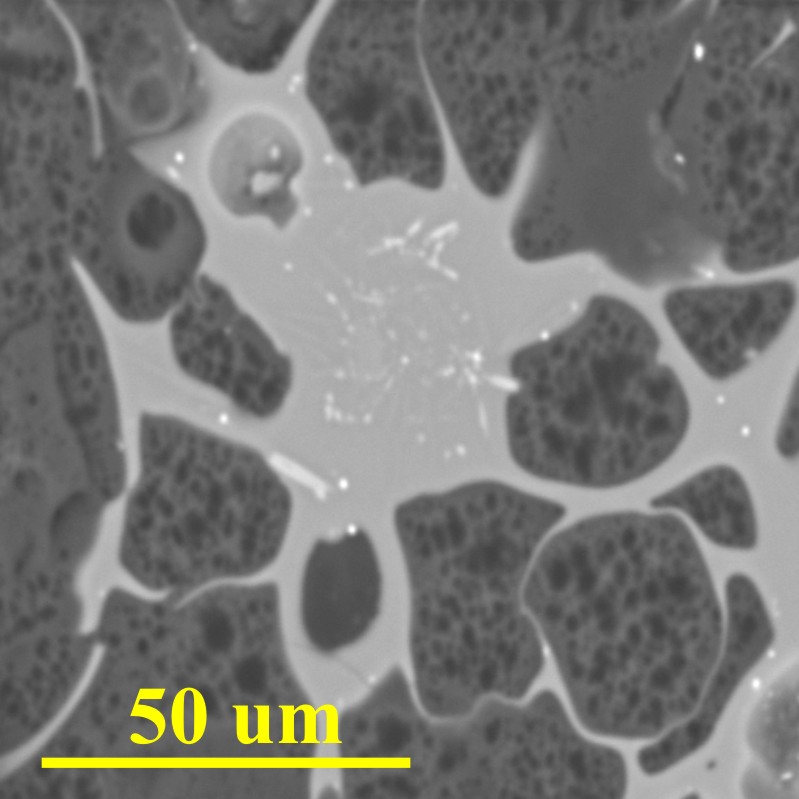
Petrology of Volcanic Rocks
In order to understand volcanic eruptions, the physical and chemical
nature of the erupted rocks must be examined. Various characteristics
give important insights as to how the rocks are formed, and thus what
processes occur in volcanoes. Petrological study can also illuminate
pre- and syn-eruptive conditions, better constraining such factors a
viscosity, starting pressure/depth, and ascent rates.
Igneous petrology offers numerous approaches for studying the formation of volcanic rocks.
Petrology has several approaches to studying the origin of volcanic rocks. Two very broad classifications are "descriptive," and experimental. What I am terming "descriptive" petrology, is the classification and examination of rocks from the field. This work can take the form of detailed geochemical analysis, textural studies, and studies of various mineral assemblages.
Experimental petrology expands upon observational petrology, and quantifies the pressure, temperature, and chemical conditions necessary for certain rocks to form. Essentially, experimental petrologist examine a rock from the field, determine its texture and mineral assamblage, and then recreate this rock in the lab using high P-T furnaces. The results of these investigations reveal at what pressures, temperatures, oxygen fugacities, etc. the rock formed at. These data can also reveal ascent or cooling rates.
Discussion of different analysitcal techniques -- probe, FTIR, XRF, textural work





